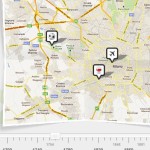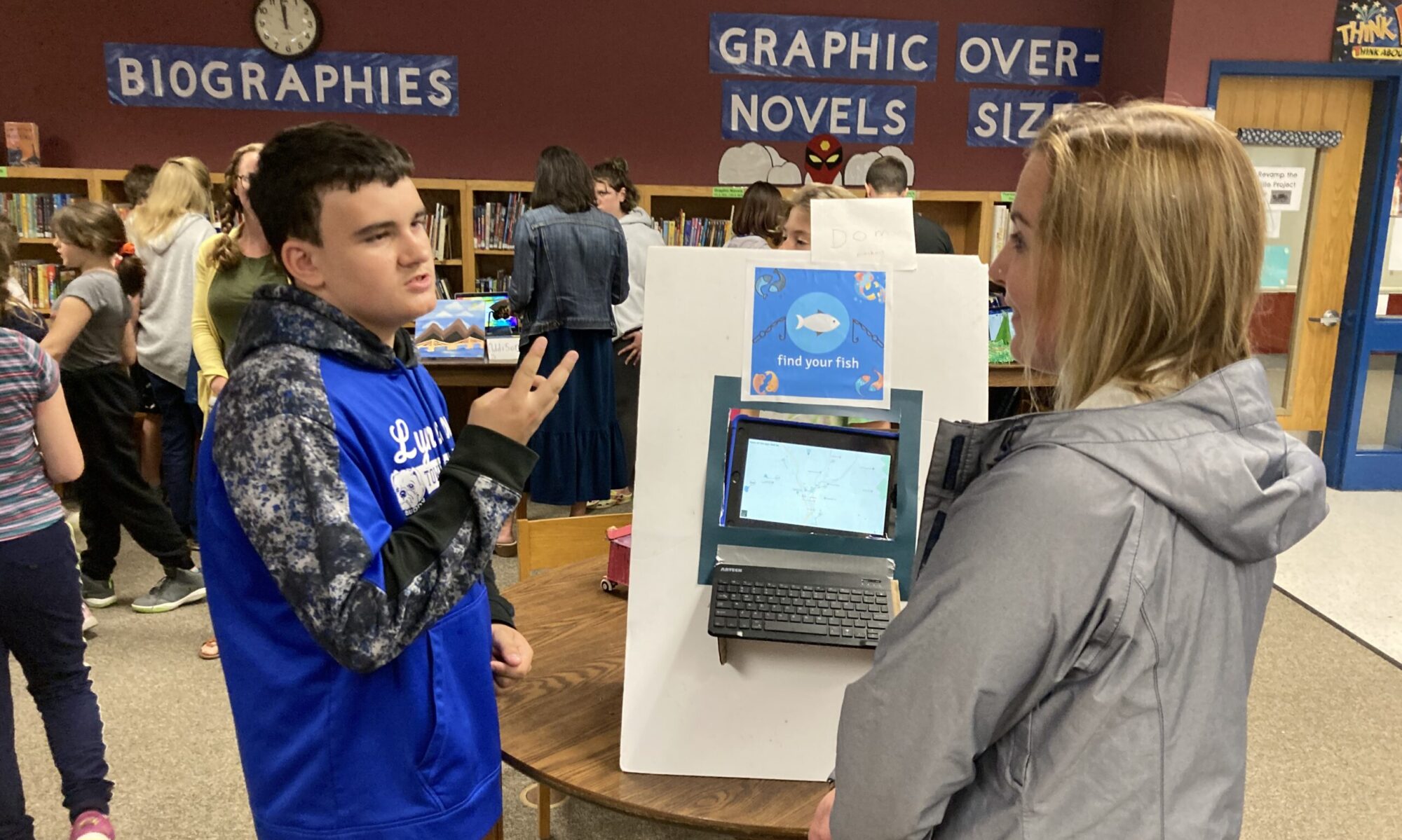Find new uses for data visualization
 Free, online timeline tools allow students to break free of the traditional two-dimensional timeline and create highly customizable multimedia projects to showcase research, serve as digital portfolios, manage projects, guide gallery walks or form study guides.
Free, online timeline tools allow students to break free of the traditional two-dimensional timeline and create highly customizable multimedia projects to showcase research, serve as digital portfolios, manage projects, guide gallery walks or form study guides.
And yes, they can also be used for book reports.
1. myHistro
myHistro lets students embed timelines in a Google Map and add personally relevant content to each stop on the tour. One-button publishing animates the timelines, as well as providing an option to replay timelines as quizzes.
myHistro as:
- Personal narrative: My family story
- Book report: A guide to San Francisco in The Shape of Dread
- Study guide: The Inca Empire
Works on Chromebooks, laptops, desktops (browser version) as well as having a free iOS app version and an Edmodo plugin. While there are only a few types of media that can be embedded at each stop on the myHistro tour, this can be used as a great impetus to encourage students’ writing skills.
Check out this guide to myHistro for history teachers looking to incorporate it in their curriculums:
[slideshare id=15545163&doc=mhistroajaloopreseed2-121208022800-phpapp01]
2. Timeline JS
This timeline tool derives its power from the myriad of shareable online media that can showcase student curiosity. Add YouTube and Vimeo videos, tweets, Vines, flickr photos, Soundcloud audio and website previews to a side-scrolling timeline. For projects that have a strong chronological narrative (as opposed to a geographical or artistic one), this is the go-to tool.
The best part? Super-low bar to entry: have students create a Google spreadsheet of entries and share the spreadsheet’s url with Timeline JS, then customize the result with multimedia. Spend time on content, not troubleshooting.
Some examples:
- Historical projects: History of Ghana
- Timeline as digital portfolio: Akira Toriyama’s World
- Personalized research: A history of hats
- Guided tour: Radiolab’s Colorwalk
Timeline JS is also open-source, so if you have students who are interested in modifying or improving the code, they can join the online community of JSON developers working on making the tool even better.
Richard Byrne (@freetech4teachers) created this guide to creating your first interactive Timeline JS:
3. Dipity
The new speed of data involved in current events can now be harnessed with Dipity, which allows you to create timelines that capture RSS feeds. This way your students can create and use timelines as constantly updated visual reference guides to ongoing media events.
Check out this Dipity of Hurricane Irene:
Dipity timelines are searchable and can also be viewed as flipbooks, lists or maps, and can be embedded in webpages, making them easily archivable for online digital portfolios. Check out Dave Jones’ career with Cardiff City, this review of NASA shuttle launches and a history of the wheel.


3 tools for interactive timelines http://t.co/yWZIHGMftV
3 tools for interactive timelines http://t.co/dHJbl1McKq #elearning #mlearning #edtech
RT @HorstKrieger: 3 tools for interactive timelines http://t.co/dHJbl1McKq #elearning #mlearning #edtech
RT @HorstKrieger: 3 tools for interactive timelines http://t.co/dHJbl1McKq #elearning #mlearning #edtech